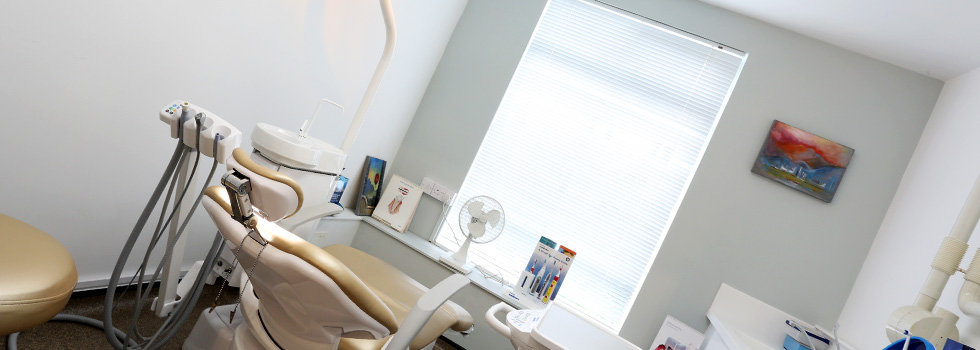Treating and correcting bite problems using neuromuscular dentistry is extremely effective. For a client with relevant symptoms such as those mentioned above the first step is to relax the head and neck musculature, then to stabilise the jaw in this new, muscularly relaxed position.
A complete diagnosis is made with the benefit of muscle scans, joint sonography, computerised jaws scans and CT/MRI.
Treatment often consists of three phases:
- Muscle relaxation – this is carried out via a process called ULF Tens, which uses low frequency, rhythmic pulse to the relax the muscle and jaw system.
- Stabilisation – once the relaxed position is found, a plastic orthotic is worn to maintain the relaxed muscles and to ensure that the original, painful symptoms have disappeared.
- Solution – the long term solution can involve one of or a combination of the following; coronoplasty – very accurate adjustment of tooth shape, orthodontics to move teeth or porcelain restorations all of which can secure a healthy, great-looking smile as an added benefit.

